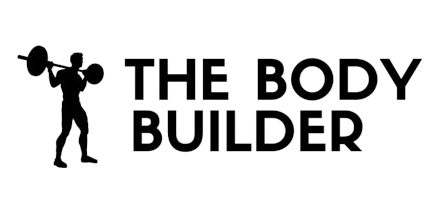Decline dumbbell bench press
Benefits Of This Exercise
- The decline dumbbell bench press is an effective and versatile exercise that can help to strengthen and develop the upper body.
- It adds size and strength to the pectorals, while also targeting the lower chest.
- The decline angle of the bench helps to further stimulate the chest muscles for a more effective workout.
- The exercise allows for natural shoulder and wrist rotation, which may be more shoulder-friendly than barbell presses.
- When performing the decline dumbbell bench press, it's important to maintain good form and avoid using too much weight.
- It's best to start with lighter weights and gradually increase the weight over time as your strength and endurance improve.
Step by Step Instructions For Decline dumbbell bench press
- Secure your legs at the end of the decline bench and lie down with a dumbbell on each hand on top of your thighs. The palms of your hand will be facing each other.
- Once you are laying down, move the dumbbells in front of you at shoulder width.
- Once at shoulder width, rotate your wrists forward so that the palms of your hands are facing away from you. This will be your starting position.
- Bring down the weights slowly to your side as you breathe out. Keep full control of the dumbbells at all times. Tip: Throughout the motion, the forearms should always be perpendicular to the floor.
- As you breathe out, push the dumbbells up using your pectoral muscles. Lock your arms in the contracted position, squeeze your chest, hold for a second and then start coming down slowly. Tip: It should take at least twice as long to go down than to come up.
- Repeat the movement for the prescribed amount of repetitions of your training program.
- Caution: When you are done, do not drop the dumbbells next to you as this is dangerous to your rotator cuff in your shoulders and others working out around you.
- If using really heavy weights, it is best if a partner gives them to you as you lay down.
- Variations: You can use an exercise band or a barbell to perform this exercise.
- Similar to the Dumbbell Bench Press but on a decline bench. This works more of the lower chest.
Warm Up Tips
- Secure your legs at the end of the decline bench and lie down with a dumbbell on each hand on top of your thighs. The palms of your hand will be facing each other.
- Once you are laying down, move the dumbbells in front of you at shoulder width.
- Once at shoulder width, rotate your wrists forward so that the palms of your hands are facing away from you. This will be your starting position.
- Bring down the weights slowly to your side as you breathe out. Keep full control of the dumbbells at all times. Tip: Throughout the motion, the forearms should always be perpendicular to the floor.
- As you breathe out, push the dumbbells up using your pectoral muscles. Lock your arms in the contracted position, squeeze your chest, hold for a second and then start coming down slowly. Tip: It should take at least twice as long to go down than to come up..
- Repeat the movement for the prescribed amount of repetitions of your training program.
Caution: When you are done, do not drop the dumbbells next to you as this is dangerous to your rotator cuff in your shoulders and others working out around you.
If using really heavy weights, it is best if a partner gives
Decline dumbbell bench press Safety Tips
- Secure your legs at the end of the decline bench and lie down with a dumbbell on each hand on top of your thighs. The palms of your hand will be facing each other.
- Once you are laying down, move the dumbbells in front of you at shoulder width.
- Once at shoulder width, rotate your wrists forward so that the palms of your hands are facing away from you. This will be your starting position.
- Bring down the weights slowly to your side as you breathe out. Keep full control of the dumbbells at all times. Tip: Throughout the motion, the forearms should always be perpendicular to the floor.
- As you breathe out, push the dumbbells up using your pectoral muscles. Lock your arms in the contracted position, squeeze your chest, hold for a second and then start coming down slowly. Tip: It should take at least twice as long to go down than to come up.
- Repeat the movement for the prescribed amount of repetitions of your training program.
Caution: When you are done, do not drop the dumbbells next to you as this is dangerous to your rotator cuff in your shoulders and others working out around you.
If using really heavy weights, it is best if a partner gives them

